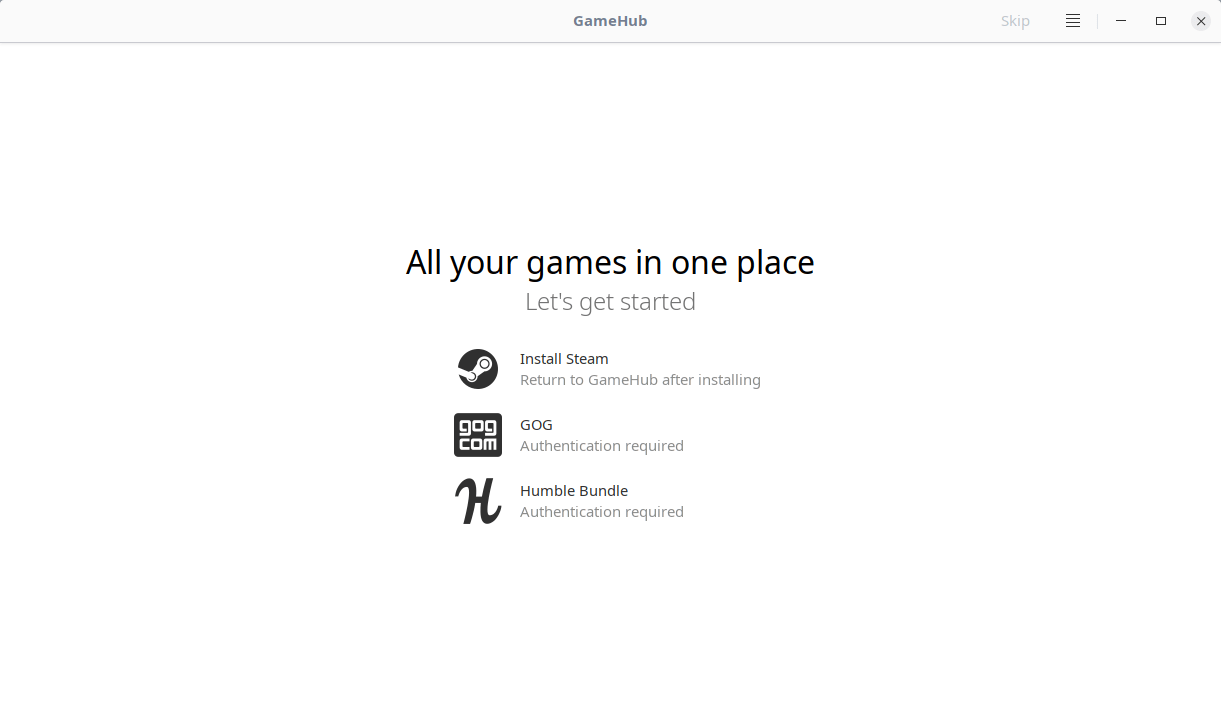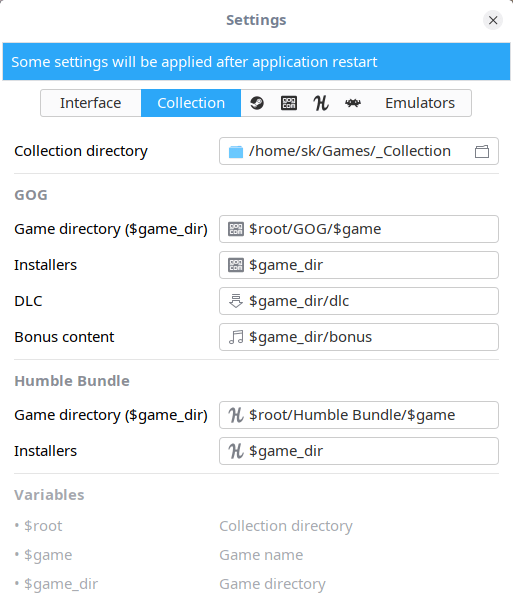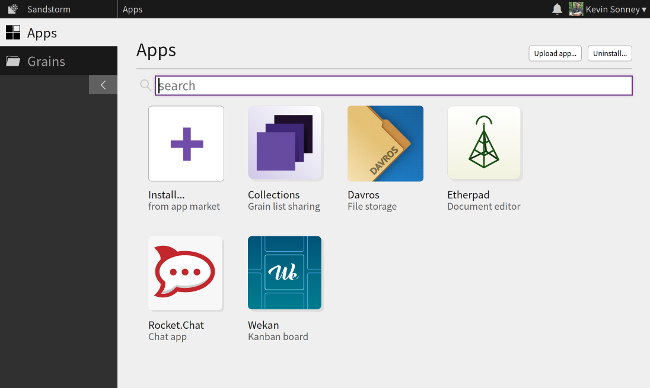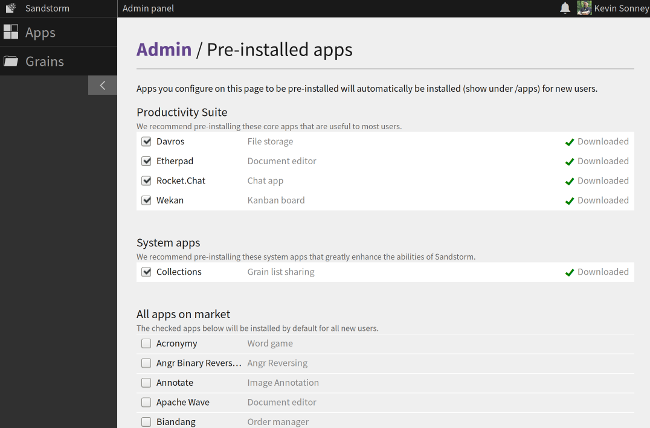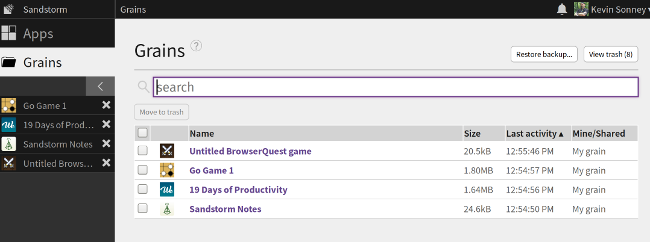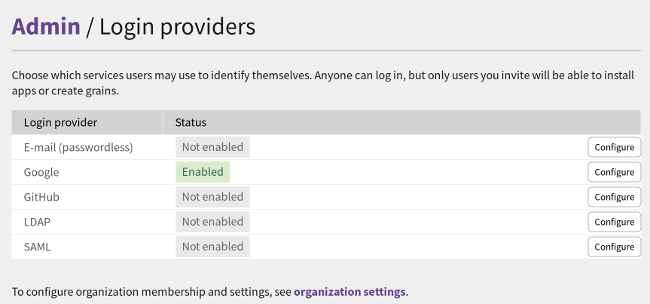I know most of the people reading this article are developers on Linux or Linux enthusiasts and don’t need any introduction to the Git. But for the noobs out there, Git is one of the most popular and most widely used version control systems available for software development and other similar kind of work. Basically Git is tool which can be managed and used through command line and it is one of the most easy to use command line version control tools available for Linux developers and users.With most of the developers nowadays using graphical tools for programming and development, there is no surprise they are also seeking for GUI tools which could prove to be efficient alternatives to Git command line tool. There are many Git GUI clients available for Linux and its distros like Ubuntu which offer most of the features of Git command line tool with more efficiency and reliability.
So today we’re going to have a look at best 10 Git GUI clients which you can install on Ubuntu and use them as version control tool for software development.
1. SmartGit
SmartGit is a cross-platform graphical Git client with seamless support for SVN, GitHub and Bitbucket. Apart from Windows and macOS, SmartGit can easily be used on Linux and its distros like Ubuntu. Good thing about SmartGit is it includes everything you need in one single package which includes graphical merge, commit history, Git-Flow, SSH-Client, file compare and file merge.
During the testing I have tried it for the first time and I have to admit that it doesn’t take me long to get used to it thanks to its simple and easy to use user interface.
SmartGit is a highly customizable graphical Git client with options at your hand such as set preferences for merging and rebasing, layout control, built-in Conflict Solver tool, keyboard shortcuts, toolbars, syntax coloring and you can choose between pair of light and dark themes.
Software developers will find this Git client very useful because it focuses on the difficulties faced by developers and tries to make workflow as simple as possible for developers.
2. Git Cola
Written in Python, Git Cola is completely free but very powerful graphical Git client for Ubuntu and other Linux distros. It is the one of the best and fast version control tools available out there for software developers. It is simple but powerful client with features like clone, merge, push, pull and many other useful features.
Git Cola is also a cross-platform graphical client for Git which supports Windows, macOS, Linux and its popular distros such as Ubuntu and LinuxMint. It is an open-source GUI client for Git and it is highly customizable Git client out there. I have tried few tweaks during testing and it has responded as expected.
You can customize its window settings, language settings and many other features to enhance the work experience and make it hassle free.
$ sudo apt-get install git-cola
3. GitEye
GitEye from CollabNet is an easy-to-use Git GUI client which comes bundled with some useful tools which helps you improve development productivity. It offers push-button cloning for repositories of GitHub, CloudForge and TeamForge.
GitEye offers seamless integration with other popular tools such as Bugzilla, Jira, Hudson, Jenkins and many others. GitEye has clean and very powerful graphical user interface which is very easy-to-use with everything placed perfectly so that user finds whatever he needs easily.
It comes bundled with integrated issue tracker client that works both in online and offline mode, also it is equipped with Gerrit Code Review that provides notifications if there is any change or update in code. Overall it is any all-rounder package and many developers find this Git client very useful.
4. GitKraken
GitKraken is another graphical Git client which is powerful and reliable, which supports both Git and GitHub to work with. GitKraken ships-in with very modern looking user interface which is eye-catching and easy to navigate. I’ll recommend GitKraken to the developers who daily engage in tedious development workflow because it offers some really useful features that make this task quite easier and hassle free.
Some of the notable features in GitKraken are built-in code editor, split view, syntax highlighting and file minimap. It also offers seamless integration with popular Git hosting services such as GitHub, GitLab and BitBucket. If you opt for GitKraken Pro then you can connect GitHub Enterprise, GitLab Self-Hosted, BitBucket Server and Azure DevOps.
As compared to other Git clients, GitKraken has really fast and reliable workflow. Well that is what I have noticed during all the Git clients listed here in this article.
5. GitForce
GitForce is another cross-platform visual front-end to Git command line tool and it works on Windows and Linux and its distros like Ubuntu. It is very simple and easy to use but very powerful and reliable version control tool available for Ubuntu.
Written in C# and .NET 3.5 framework, the main objective of GitForce is to provide simple and easy-to-use graphical front-end to perform most common operations and software development tasks. Despite limited features, you can still rely on GitForce to perform task than getting engaged in Git command line tool.
Some of the features its offers are such as drag and drop, support for multiple repositories, scans local repositories easily and many basic features.
6. Gitg
Gitg is a GNOME front-end for Git command line and it is a default graphical Git client on GNOME desktop environment. It offers many features such as staging, commit, open repository, clone repository and many more. It also enables GNOME shell integration which opens the way for various in app integrations and features for GNOME desktop users.
GNOMEs simple design doesn’t restrict Gitg from offering full-fledged features as it is one for the best Git GUI clients listed here. At first I have found its user interface quite confusing but once I got used to it, it was very satisfying experience.
7. Giggle
Developed in 2007 as a part of hackathon, Giggle is free and easy to use Git GUI client which works exclusively on Linux and its various popular distributions. It is simple front-end tool which allows developers to browse and view there repositories in graphical interface.
It offers all the basic features you can expect in Git clients such as stag, commit, browse and many more. User interface is simple and you will get used to it in a fly.
$ sudo apt-get install giggle
8. UnGit
UnGit is not an application or client but it runs as a website in any web browser installed on your computer. It offers simple but very useful graphical user interface to replace Git command line tool. It comes with integration support for various plugins which enhance its workflow and performance.
UnGit can also be installed as a plugin in popular text editors such as Atom and Sublime Text.
$ sudo npm install –g ungit
9. Magit
Magit is a graphical interface for version control tool Git command line. It doesn’t offer separate interface but it is implemented as GNU Emacs package instead. It is not up to the ranks of various graphical Git clients listed here but it allows software developers to perform almost all the version control tasks within Emacs window.
Despite being a plugin it offers features you can expect in a separate application such as visualization, smooth workflow, rebasing and many more. It is a platform independent plugin and can be integrated with Emacs installed on Windows, macOS and Linux.
10. Egit
Just like Magit, Egit is a graphical Git version control plugin for Eclipse. It is implemented on the top JGit Java Implementation of Git. It is simple but very useful and reliable Git tool which offers all the basic features to accomplish almost all software development version control tasks.
So these are the best 10 Git GUI clients which are tested on Ubuntu 18.04 LTS and should work well on previous Ubuntu released too.


 The Web browser of choice when you are using text mode console or the Linux Terminal
The Web browser of choice when you are using text mode console or the Linux Terminal













